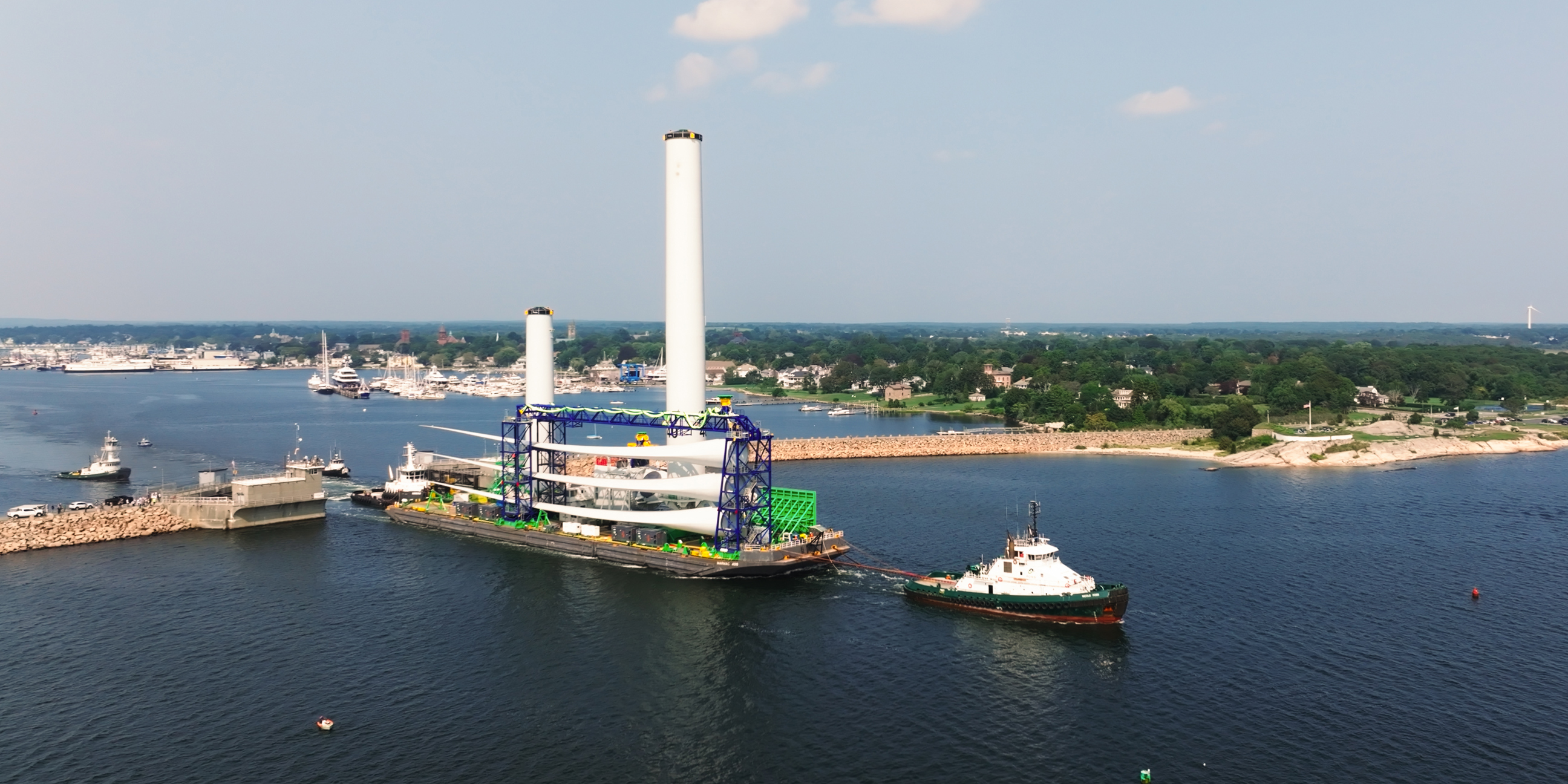
Copenhagen Infrastructure Partners is pioneering the build-out of offshore wind in the U.S. with Vineyard Wind 1, the country’s first commercial-scale offshore wind project, expected to begin operations in 2024. This puts it in a leading position to develop this potentially huge market further.
Offshore wind in the U.S. is – to use a baseball expression – in the ‘first pitch of the first inning’.
The market is at least a decade behind Europe regarding the number of wind farms and the maturity of the local supply chain. But things are about to change with Copenhagen Infrastructure Partnersʼ (CIP) Vineyard Wind 1, 15 miles off the southern coast of Martha’s Vineyard, Massachusetts.
Construction on the 800 MW Vineyard Wind 1 started in late 2021, having reached financial close in August 2021 as the first commercial-scale wind farm in the U.S. It produced its first power in Q4 2023 and has an expected commercial operation date in 2024.
The U.S. can be slow to wake up. But when it ultimately focuses on something – like offshore wind – it can quickly catch up to become a world leader. It’s fantastic to work on projects like Vineyard Wind 1 because the offshore industry essentially doesn’t exist here yet. We’re creating something from scratch.
There are plenty of challenges to overcome. Everything from financing to construction and operations is a first -banks and suppliers just aren’t familiar with it yet. The prize, though, are projects on a scale unlike anything else in U.S. renewables. Today’s turbines are more than 250 meters high – the Statue of Liberty is only 90 meters, so that gives you a sense of how enormous they are
CIP’s investment funds, Copenhagen Infrastructure II K/S (CI II) and Copenhagen Infrastructure III K/S (CI III), together with joint venture partner Avangrid, have successfully developed and secured financing for Vineyard Wind 1.
Vineyard Wind 1 secured a strong and attractive financing package through a combination of equity and senior loans from a consortium of nine leading international and U.S. banks, raising approximately USD 2.4 billion. U.S. tax equity will be introduced in the capital structure during construction and before the first power generation.
As a pioneer in this potentially huge market, targeted to reach 30GW in the U.S. by 2030, CIP is in a strong position to take on other developments also based on its partnership with Copenhagen Offshore Partners (COP) who is leading the development of the Vineyard Wind 1 on behalf of CIP and the project owners. Copenhagen Infrastructure IV K/S (CI IV) is already invested in two other lease areas, nearby Vineyard Wind 1 and with significantly larger capacity.
This reflects the position of the northeast states at the forefront of setting ambitious renewable energy targets. Given the density of their populations, offshore wind is the best way of achieving these goals.
Energy policy in the U.S. is state-driven, rather than national, and this fragmentation has contributed to the U.S. falling behind in offshore wind development. The good news is that the Biden Administration and the recent Inflation Reduction Act have increased federal support for the sector. It’s clear that as renewable goals become more ambitious, the only way to meet them is to go offshore
Naturally, being first also brings challenges. These are the permits to secure, and offshore windfarms are in federal waters, which means dealing with a government which can change every four years. The supply chain in the U.S. for turbine blades and nacelles still needs to be built. States offering a power purchase agreement increasingly insist on these new factories being built in their state.
The global track record of CIP, with 40GW of offshore projects in the works, is essential to show multinational contractors like GE and Siemens the depth of the company’s expertise, experience, and long-term commitment to the industry.
In the U.S., the East Coast is just the start. The West Coast, including California, will be next to open up. It requires a different technology with floating turbines in the deeper water of 1,000 metres rather than the 40-60 metres common off the East Coast. There will also be further auctions in the Pacific Northwest, the Gulf of Maine, and eventually the Gulf of Mexico.
We’re in the first-mover position for all these other leases as and when they come up. It’s exciting to create a new industry from the bottom up. We are not following the market. We’re on the leading edge

Across the world CIP is engaged in green energy and infrastructure projects. Here are a few of them.